Building a Custom Outdoor Basketball Court: The Ultimate Guide
If you’re a basketball enthusiast with a passion for the great outdoors, there’s nothing better than having your very own custom outdoor basketball court. A dedicated space where you can shoot hoops, practice your dribbling skills, and engage in friendly matches with friends and family is the dream of every basketball lover. In this comprehensive guide, we’ll address all your questions about building a custom outdoor basketball court, including the best surface options and the ideal thickness for optimal play.
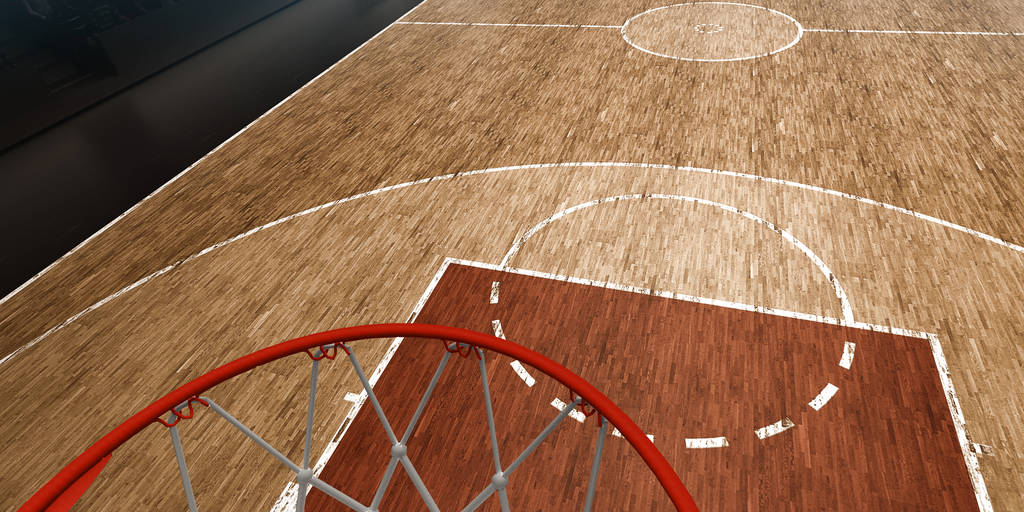
What is an outdoor basketball court?
An outdoor basketball court is a specialized playing area located outdoors, designed for playing the game of basketball. These courts are typically found in residential properties, schools, parks, and sports facilities. Building a custom outdoor basketball court allows you to tailor the court dimensions, features, and aesthetics to suit your personal preferences and needs.
How to build an outdoor basketball court?
Building a custom outdoor basketball court requires careful planning and execution. Here’s a step-by-step guide to help you get started:
Step 1: Choose the Right Location
Select a flat and well-drained area for your basketball court. Avoid places with uneven terrain or potential waterlogging issues.
Step 2: Determine the Size
The regulation size of a full basketball court is 94 feet long by 50 feet wide. However, for a custom court, you can adjust the dimensions according to the available space and your preferences.
Step 3: Obtain Necessary Permits
Before starting the construction process, check local regulations and obtain any required permits to build an outdoor sports facility.
Step 4: Prepare the Base
Clear the area of debris and vegetation. Excavate the ground to a suitable depth and lay a geotextile fabric to prevent weed growth and ensure proper drainage.
Step 5: Choose the Surface Material
Next, you’ll need to choose the surface material for your court.
What is the best surface for an outdoor basketball court?
The surface material you choose can significantly impact the performance and durability of your basketball court. Here are some popular options:
- Concrete: Concrete is a popular choice due to its durability and low maintenance. However, it may have a higher impact on joints, leading to increased fatigue during extended play.
- Asphalt: Asphalt is another common option known for its affordability. It provides good traction but may require more frequent maintenance.
- Rubber Sports Tiles: Rubber sports tiles offer excellent shock absorption, reducing the risk of injuries. They are easy to install, low-maintenance, and provide good traction for players.
- Acrylic Surfaces: Acrylic surfaces offer a superior playing experience with better grip and ball bounce. They are often used in professional courts and require professional installation.
Choose the surface material that best fits your budget, climate, and playing preferences.
Step 6: Install the Hoop and Court Markings
Install a high-quality basketball hoop and backboard according to regulation height and specifications. Then, mark the court boundaries and free-throw line accurately.
Step 7: Add Lighting (Optional)
For those who wish to play during evenings or low-light conditions, consider adding lighting fixtures to ensure a well-lit playing area.
How thick should an outdoor basketball court be?
The ideal thickness of the playing surface depends on the material used:
- Concrete: For concrete surfaces, a thickness of 4 to 6 inches is recommended.
- Asphalt: Asphalt courts should have a thickness of 3 to 4 inches.
- Rubber Sports Tiles: Rubber sports tiles typically have a thickness of 1/2 to 3/4 inches.
- Acrylic Surfaces: Acrylic surfaces are usually applied in layers, with a total thickness of around 1/8 to 3/16 inches.
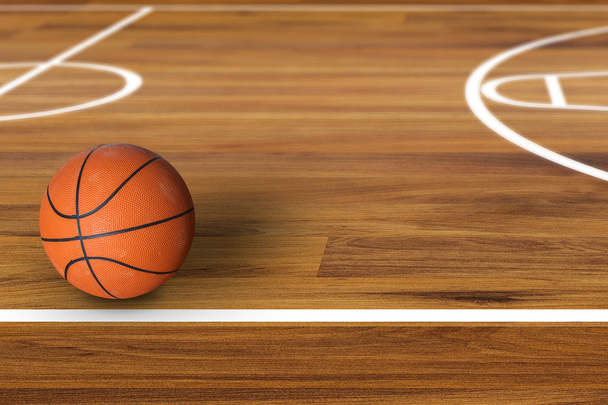
Building a custom outdoor basketball court is an exciting project that brings joy and entertainment for years to come. By carefully selecting the right location, surface material, and thickness, you can create a top-notch basketball court that suits your needs and preferences. Whether it’s friendly matches with friends or practicing your skills solo, your custom outdoor basketball court will undoubtedly become a beloved gathering spot for all basketball enthusiasts.
Remember to regularly inspect and maintain your basketball court to ensure it remains in excellent condition for optimal performance and safety. Enjoy your court and let the games begin!
Learn more at Wiki as well.
Transform Your Home with Expert Kitchen and Bathroom Remodeling Contractors
Embarking on a journey to renovate your kitchen and bathroom is an exciting and transformative experience. These essential spaces in our homes play a significant role in our daily lives and have a substantial impact on both our practicality and aesthetics. However, taking on such a complex task requires professional expertise and craftsmanship. That’s where kitchen and bathroom remodeling contractors come in.
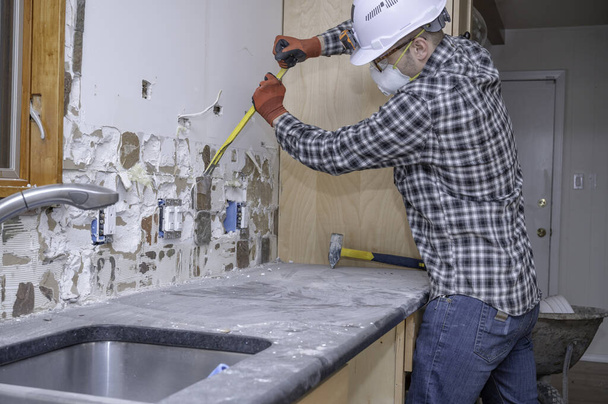
In this article, we will explore the benefits of hiring these specialists and how they can turn your dream spaces into reality.
- The Importance of Professional Expertise
Kitchen and bathroom remodeling projects involve a myriad of intricate details, from plumbing and electrical work to carpentry and design elements. Without the proper expertise, attempting to renovate these spaces can lead to costly mistakes, subpar workmanship, and safety hazards. By entrusting the job to experienced contractors, you ensure that every aspect of the project is executed with precision and skill.
- Design and Creativity
A well-executed kitchen and bathroom remodel can significantly enhance the value and aesthetics of your home. Professional contractors bring a wealth of design knowledge and creativity to the table, helping you make the most of the available space while incorporating your personal style preferences. They can suggest innovative ideas, materials, and layouts that you might not have considered, turning your vision into a reality beyond your expectations.
- Tailored Solutions
Every home is unique, and so are the needs and preferences of its occupants. Hiring kitchen and bathroom remodeling contractors allows you to receive personalized solutions that cater to your lifestyle and requirements. Whether it’s maximizing storage space, installing energy-efficient fixtures, or creating a custom layout, professionals can tailor the remodel to fit your specific needs.
- Quality Materials and Resources
Top-notch remodeling contractors have established connections with reputable suppliers and vendors, ensuring access to high-quality materials and resources for your project. By using premium products, you not only guarantee the longevity and durability of your renovated spaces but also elevate the overall aesthetic appeal.
- Efficient Project Management
Undertaking a kitchen and bathroom remodel involves coordinating multiple tasks and contractors, such as plumbers, electricians, carpenters, and painters. Managing these moving parts can be overwhelming for a homeowner, leading to delays and miscommunications. On the other hand, professional contractors possess excellent project management skills, ensuring a smooth workflow, on-time delivery, and clear communication throughout the process.
- Adherence to Building Codes and Regulations
Remodeling projects are subject to various building codes and regulations to ensure safety and compliance. A licensed and experienced contractor will have a comprehensive understanding of these requirements, ensuring that your project meets all necessary codes and passes inspections without any issues.
- Cost-Effective Solutions
While some homeowners may attempt a DIY renovation to save costs, it often leads to more expenses in the long run due to mistakes, rework, and purchasing inferior materials. Kitchen and bathroom remodeling contractors can leverage their industry connections to get materials at discounted rates and minimize wastage, ultimately providing cost-effective solutions that stay within your budget.
- Time-Saving Benefits
Time is a valuable asset, and professional contractors understand the significance of completing projects in a timely manner. By hiring experts, you can rest assured that the renovation process will be efficient and streamlined, allowing you to enjoy your revamped kitchen and bathroom sooner rather than later.
- Legal Protection and Insurance
Reputable remodeling contractors typically carry liability insurance and workers’ compensation coverage, providing protection against potential accidents or damages that may occur during the renovation process. This insurance coverage offers peace of mind, knowing that you won’t be held liable for any unexpected mishaps.

In conclusion,kitchen and bathroom remodeling contractors bring a wealth of benefits to homeowners seeking to transform their living spaces. From their professional expertise and design creativity to efficient project management and access to quality materials, these experts play a crucial role in turning your dream renovations into a reality. When considering a renovation project of this scale, it’s essential to invest in the expertise of experienced contractors to ensure a successful, stress-free, and transformative experience. So, take the plunge and collaborate with the best remodeling contractors to bring new life to your kitchen and bathroom spaces.
Learn more at Wiki as well.
Bollards: Enhancing Safety and Security in Urban Environments
In today’s rapidly evolving urban landscapes, ensuring safety and security has become a paramount concern. Among the various measures employed, bollards have emerged as versatile and effective solutions. These unassuming and robust posts play a crucial role in protecting pedestrians, buildings, and critical infrastructure from potential threats. From controlling traffic to preventing ramming attacks, bollards have proven their worth and versatility.

In this article, we will explore the functionality, types, and benefits of bollards, highlighting their significant contributions to creating safer urban environments.
I. Understanding Bollards: Bollards, often overlooked by the casual observer, are short, sturdy, and vertical posts that are installed in strategic locations to fulfill multiple purposes. Historically, bollards were used to moor ships and secure harbor areas. Over time, their functionality has expanded to serve urban settings, offering protection against various threats. Typically made of durable materials such as steel, concrete, or cast iron, bollards are engineered to withstand impacts and deter unauthorized access.
II. Types of Bollards:
- Traffic Bollards: These bollards are primarily used for traffic management and control. They help guide vehicles, mark boundaries, and prevent unauthorized parking. Traffic bollards can be fixed or retractable, providing flexibility as per the traffic requirements.
- Security Bollards: Explicitly designed to enhance security, these bollards are utilized to protect pedestrians and buildings from hostile acts. They can be crash-rated, capable of stopping vehicles attempting to breach secure areas. Security bollards are often found around government buildings, embassies, airports, and crowded public spaces.
- Decorative Bollards: Combining functionality with aesthetics, decorative bollards are designed to blend seamlessly with the urban environment. They provide safety measures while adding visual appeal to public spaces, parks, and commercial areas. Decorative bollards come in various shapes, sizes, and finishes, allowing customization to match specific architectural styles.
III. Benefits of Bollards:
- Safety and Security: The primary advantage of bollards lies in their ability to enhance safety and security. By strategically placing bollards, potential threats such as vehicle ramming attacks can be deterred. They provide a physical barrier, protecting pedestrians and property from harm.
- Traffic Management: Bollards play a vital role in controlling vehicular movement and managing traffic flow. They guide drivers, mark pedestrian zones, and prevent vehicles from entering restricted areas. By defining clear pathways, bollards reduce congestion and enhance overall road safety.
- Visual Deterrent: The presence of bollards itself acts as a visual deterrent against unwanted activities. Their robust appearance sends a strong message, discouraging potential criminals and vandals. In addition, decorative bollards can enhance the visual appeal of public spaces, making them more inviting for pedestrians.
- Versatility and Customization: Bollards offer versatility in terms of design, size, and functionality. They can be adapted to suit specific requirements, whether controlling access, protecting infrastructure, or improving aesthetics. Bollards can be painted, illuminated, or equipped with signage to serve their intended purpose effectively.
- Durability and Low Maintenance: Bollards are designed to withstand harsh weather conditions, impacts, and wear. Made from robust materials, they require minimal maintenance over their lifespan. This durability makes bollards a cost-effective solution in the long run, saving resources and ensuring consistent protection.
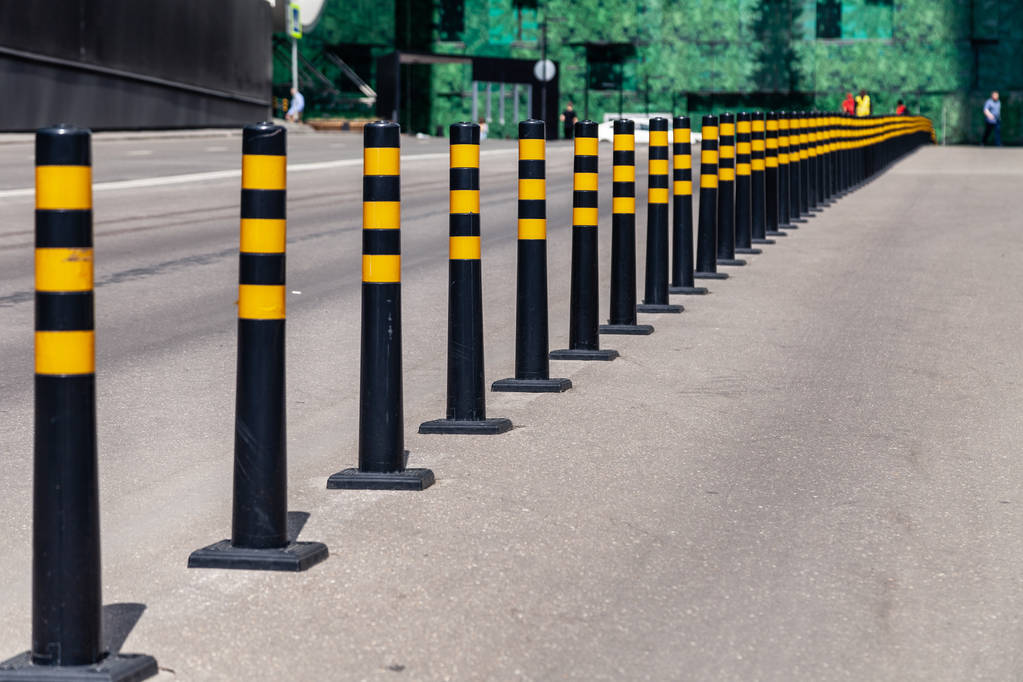
Bollards have become an integral part of urban planning and design due to their ability to enhance safety, security, and traffic management. With their versatility and durability, they provide effective solutions to various challenges faced in modern urban environments. Whether it is safeguarding critical infrastructure, directing traffic, or beautifying public spaces, bollards offer an indispensable contribution. As cities continue to evolve and face new threats, bollards will remain a crucial component in creating safer and more secure urban environments for everyone.
Learn more at Wiki as well.
Unveiling the Strength and Versatility of Metal Building Components
In the realm of modern construction, metal building components have emerged as a staple due to their unmatched strength, versatility, and cost-effectiveness. Metal components have revolutionized the industry, providing architects, engineers, and builders with a wide array of options to create durable, aesthetically pleasing structures. From structural frameworks to roofing and cladding systems, metal building components have become the go-to choice for projects ranging from industrial warehouses to residential homes.
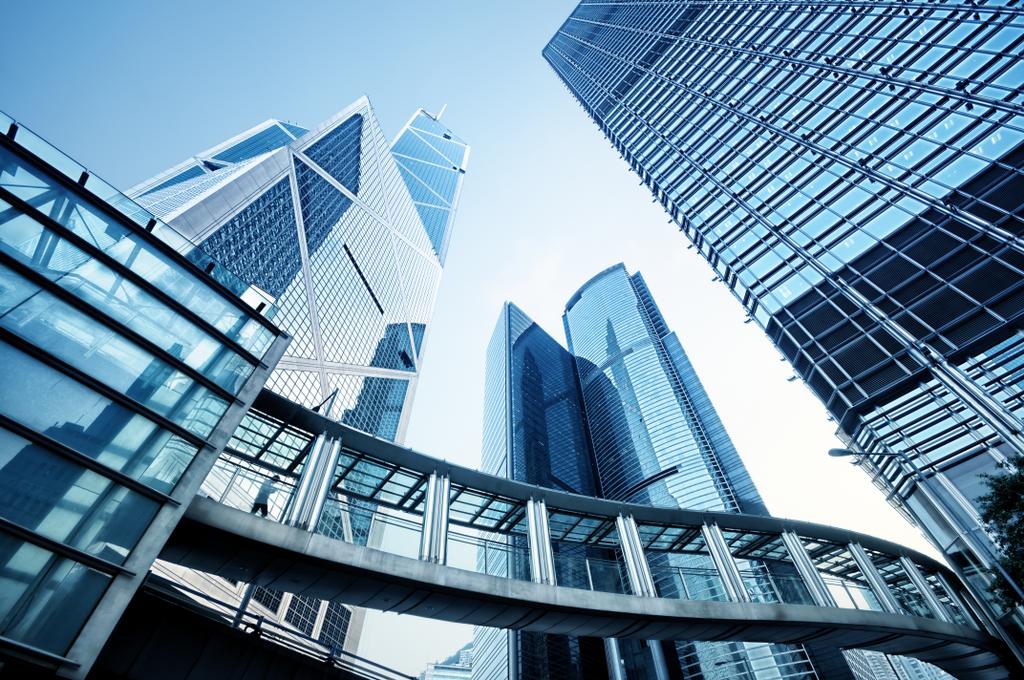
In this article, we will delve into the world of metal-building components, exploring their various types, benefits, and applications.
- Structural Frameworks:
The structural framework forms the backbone of any building, and metal components have significantly enhanced the construction industry’s ability to create robust and stable structures. Steel and aluminum are the most commonly used metals for structural frameworks due to their high strength-to-weight ratios. Steel beams, columns, and trusses provide exceptional load-bearing capacity, enabling the construction of large, open spaces without the need for excessive support columns. On the other hand, aluminum offers excellent corrosion resistance and is often used in structures where weight is a critical factor.
- Roofing Systems:
Metal roofing systems have gained immense popularity due to their durability, longevity, and energy efficiency. Roofing panels made of galvanized steel, aluminum, or zinc provide excellent protection against the elements, including rain, wind, snow, and fire. Metal roofs can withstand extreme weather conditions, making them a perfect choice for regions prone to hurricanes, heavy snowfall, or high temperatures. Additionally, the reflective properties of metal roofs help reduce cooling costs by minimizing heat absorption.
- Cladding Systems:
Metal cladding systems offer both functional and aesthetic benefits to buildings. Cladding panels made of materials like steel, aluminum, or copper serve as protective layers, shielding the underlying structure from moisture, UV radiation, and other environmental factors. Moreover, metal cladding provides architects with endless design possibilities, allowing for creative and visually striking facades. The wide range of finishes, textures, and colors available in metal cladding systems enable the creation of unique and modern architectural designs.
- Insulation and Energy Efficiency:
Metal building components can be integrated with insulation materials to enhance energy efficiency. Insulated metal panels (IMPs) consist of metal sheets with an insulating foam core, offering superior thermal performance and reducing heat loss. These panels are easy to install, reducing construction time and costs. By incorporating energy-efficient metal components into a building’s envelope, energy consumption can be significantly reduced, resulting in lower operational costs and a reduced environmental footprint.
- Sustainable and Recyclable:
Metal building components are highly sustainable and environmentally friendly. Steel and aluminum are among the most recycled materials globally, with recycling rates exceeding 90%. By using metal components, construction projects can contribute to the circular economy by minimizing waste and conserving natural resources. Additionally, the durability and longevity of metal structures reduce the need for frequent renovations or replacements, further reducing the overall environmental impact.
- Applications:
Metal building components find applications in various sectors. In industrial settings, metal structures are widely used for warehouses, factories, and storage facilities due to their ability to accommodate large open spaces and heavy loads. In commercial buildings, metal components allow for unique architectural designs, such as curved or angular facades, while maintaining structural integrity. Residential construction benefits from metal roofing systems, providing homeowners with long-lasting protection against the elements.
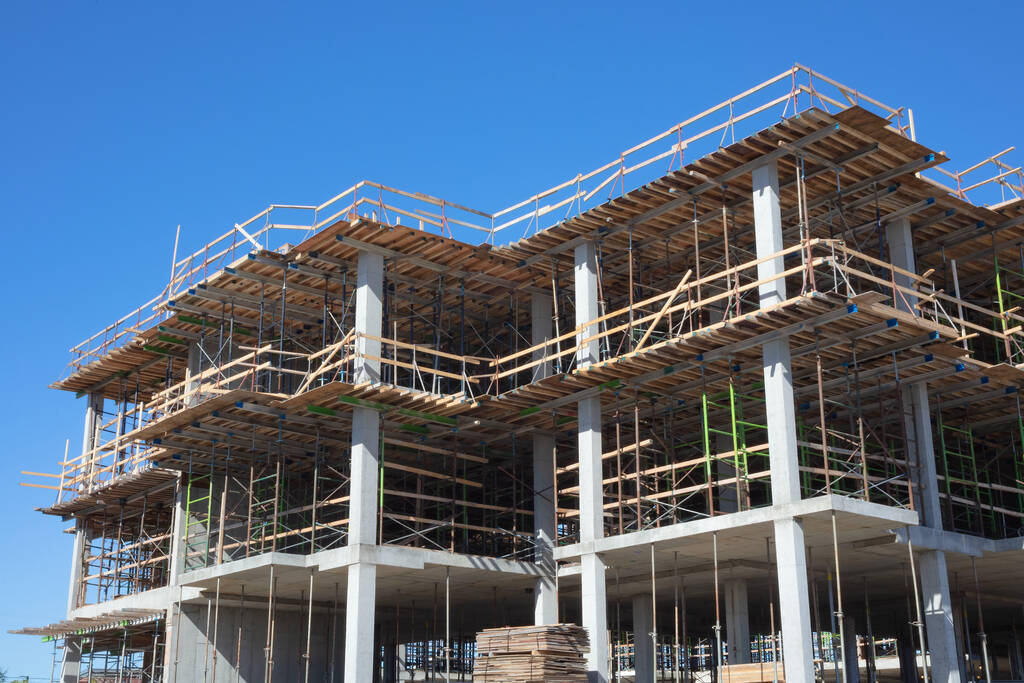
Metal building components have revolutionized the construction industry, offering a combination of strength, versatility, and sustainability. From structural frameworks to roofing and cladding systems, metal components provide unparalleled durability, energy efficiency, and design flexibility.
Learn more at Wiki as well.











